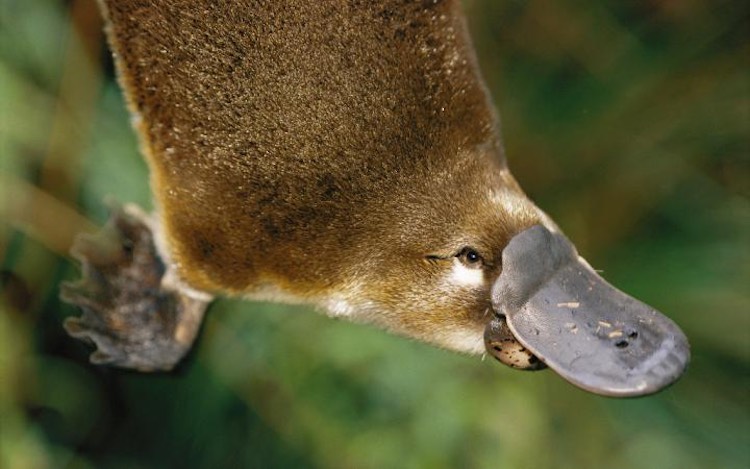Australian researchers have discovered remarkable evolutionary changes to insulin regulation in two of the nation’s most iconic native animal species – the platypus and the echidna – which could pave the way for new treatments for type 2 diabetes in humans.
The findings, now published in the Nature journal Scientific Reports, reveal that the same hormone produced in the gut of the platypus to regulate blood glucose is also surprisingly produced in their venom.
MORE: First Ever Quadriplegic Treated With Stem Cells Regains Motor Control in His Upper Body
But GLP-1 typically degrades within minutes.
In people with type 2 diabetes, the short stimulus triggered by GLP-1 isn’t sufficient to maintain a proper blood sugar balance. As a result, medication that includes a longer lasting form of the hormone is needed to help provide an extended release of insulin.
“We’ve found that GLP-1 is degraded in monotremes by a completely different mechanism. Further analysis of the genetics of monotremes reveals that there seems to be a kind of molecular warfare going on between the function of GLP-1, which is produced in the gut but surprisingly also in their venom,” says co-lead author Professor Frank Grutzner
The platypus produces a powerful venom during breeding season, which is used in competition among males for females.
RELATED: Simple Blood Test Could Detect Cancer Ten Years Before Symptoms Show
“We’ve discovered conflicting functions of GLP-1 in the platypus: in the gut as a regulator of blood glucose, and in venom to fend off other platypus males during breeding season. This tug of war between the different functions has resulted in dramatic changes in the GLP-1 system,” says co-lead author Associate Professor Briony Forbes.
“The function in venom has most likely triggered the evolution of a stable form of GLP-1 in monotremes. Excitingly, stable GLP-1 molecules are highly desirable as potential type 2 diabetes treatments,” she says.
MORE: Parkinson’s Pen For Patients Who Want to Keep Writing Christmas Cards
GLP-1 has also been discovered in the venom of echidnas. But while the platypus has spurs on its hind limbs for delivering a large amount of venom to its opponent, there is no such spur on echidnas.
“The lack of a spur on echidnas remains an evolutionary mystery, but the fact that both platypus and echidnas have evolved the same long-lasting form of the hormone GLP-1 is in itself a very exciting finding,” Professor Grutzner says.
(Source: University of Adelaide)
Click To Share The News With Your Friends




















